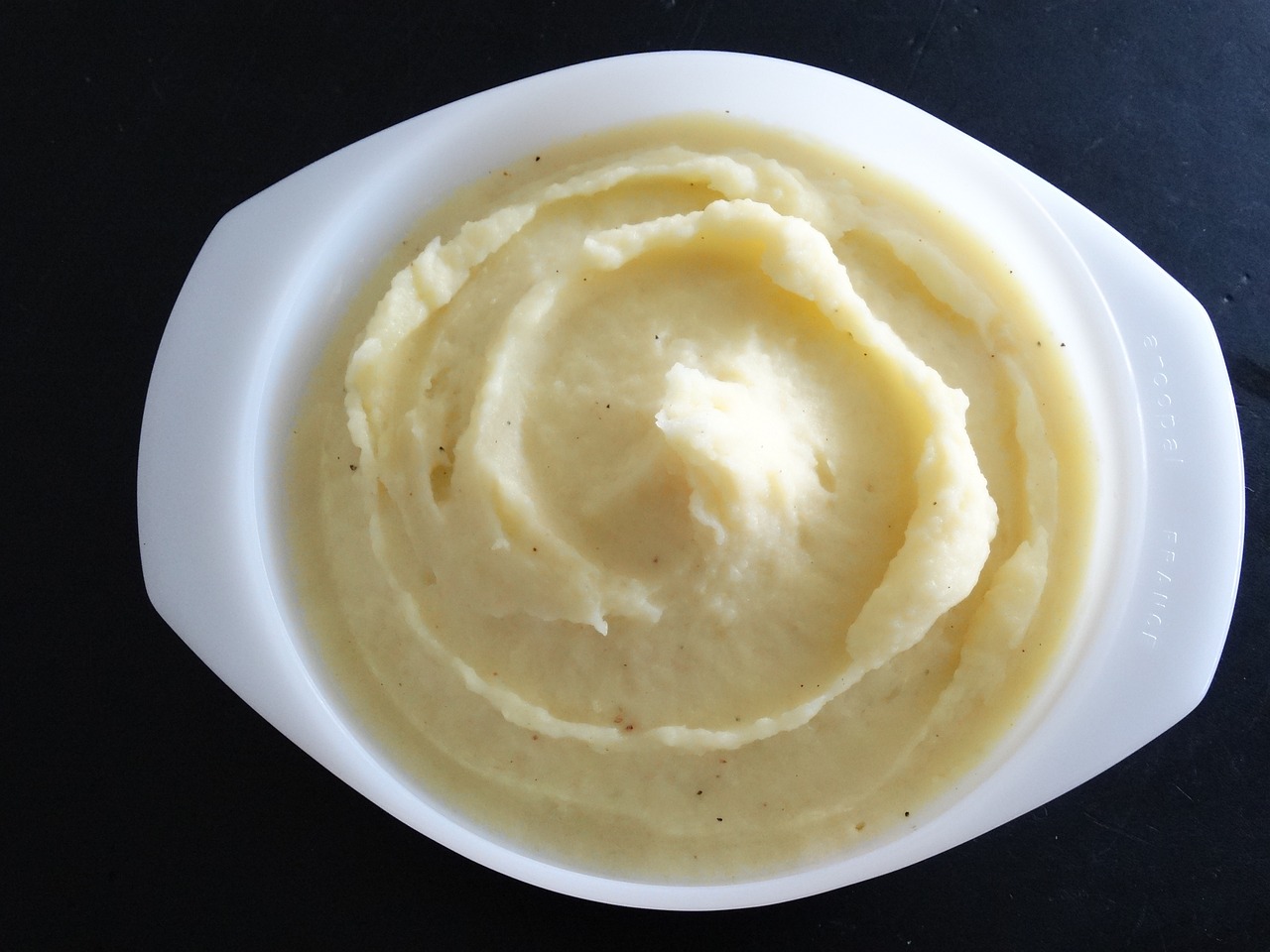Understanding hollow heart in potatoes
Open cavities in the middle of potatoes is a defect known as hollow heart.

Many gardeners delight in growing potatoes in their vegetable gardens while others prefer purchasing them from the grocery store, but some may find something unexpected when preparing their spuds for the dinner table. While preparing potatoes, you might notice a cavity or gap in the center, which can appear in a variety of shapes. Sometimes this cavity is ringed with a brown discoloration, while in other cases, it is simply an empty space surrounded by otherwise normal potato flesh. Occasionally, it may present as a small dark spot in the middle of the interior.
Michigan State University Extension horticulture educators and the Lawn and Garden hotline frequently receive questions about this perplexing phenomenon. The most curious aspect is that the exterior of the potato shows no signs of damage, and the problem isn’t visible until the potato is cut open.
This condition, known as hollow heart, sounds more like a romantic affliction than a horticultural issue. Some gardeners initially suspect pest or disease damage, but closer inspection reveals there are no external blemishes or signs of invasion. The cavity is, in fact, a physiological or abiotic problem, meaning it is caused by environmental factors rather than pests or pathogens.
What causes hollow heart?
This phenomenon, also referred to as brown heart or sugar center, can happen to potatoes grown in the home garden or on large-scale farms. It is commonly associated with environmental stresses or abrupt changes in growing conditions, particularly uneven moisture levels during the potato’s growth. A period of drought, followed by excessive watering or rainfall, can disrupt tuber development and cause the potato’s interior to split and form an internal gap. Additionally, nutrient imbalances and cold soil temperatures may contribute to the problem.
The shape of the hollow area varies based on the type of potato. Round potatoes typically exhibit a single central cavity, while larger or oblong varieties may develop multiple cavities closer to the ends of the tuber. Research suggests that brown-edged cavities often form early in the growing season, while lighter or undarkened openings occur closer to harvest time.
Preventing hollow heart
According to the Michigan State University Potato Breeding and Genetics Program, while hollow heart cannot always be entirely prevented, consistent soil moisture management during the growing season can significantly reduce the risk. A Guide to Growing Potatoes in Your Home Garden encourages gardeners to check soil moisture during dry weather and water regularly to ensure the soil remains evenly moist. Avoid cycles of drought and overwatering, as these are the primary triggers for the condition.
Does hollow heart hurt the potato?
Fortunately, hollow heart does not impact the flavor, nutrition or general quality of the potato. However, it can affect its usability in certain applications. For example, potatoes with hollow heart are unsuitable for making potato chips. That said, these potatoes are still perfectly fine for most culinary uses, including making mashed potatoes. Bon appétit!




 Print
Print Email
Email